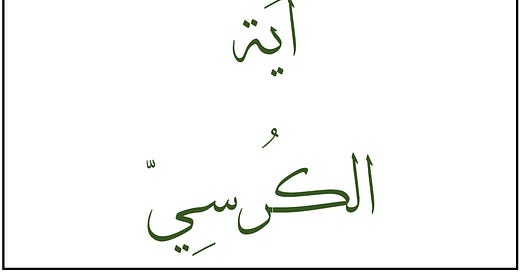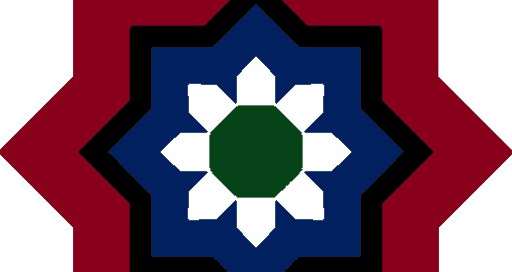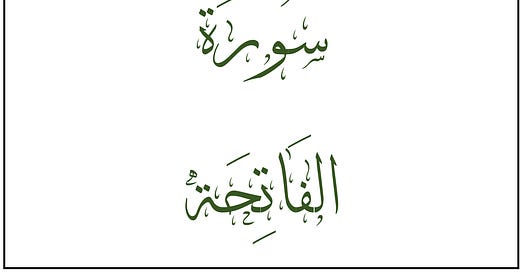

Discover more from Heavenly Order
Note: If you are unfamiliar with terms like sūrah, āyah, and suwar, then please head to the terminology page before continuing.
One claim against the Quran is that the material is organized “randomly”. To the untrained eye, the way the suwar and subject matter are organized can seem haphazard. Anyone who studies the speech of Allah ﷻ will come to the conclusion that nothing in His book is arbitrary. If He is precise down to a single letter, how could He not be precise in how He organized the āyāt and suwar of the Quran?
One arrangement Allah ﷻ utilizes throughout the Quran is a rhetorical device called “concentrism”, also known as “ring structure.” This is where there is a correspondence — such as in the repetition of a name or phrase — between the first element and the last, and likewise between the second element and the second-to-last, and so on, like a ring, whereby the middle represents the core (as in A-B-C-B’-A’).
It has been observed that Allah ﷻ uses ring structure on the level of entire suwar, but we’ll start with a look at an individual āyah you may be familiar with; the greatest āyah of the Quran, Āyah al-Kursī (The Āyah of the Throne) from Sūrah al-Baqarah (The Cow) (2:255). The āyah is made up of nine sentences which structure themselves as so:
A/A’ - Allah ﷻ begins with two of His names, al-Ḥayy (the Living) and al-Qayyūm (the Eternal) and similarly ends with two of His names, al-’Alīy (the Exalted) and al-’Aẓīm (the Great).
B/B’ - Sentence 2 and 8 correspond to each other in that they both point to Allah’s lack of need to rest. Allah ﷻ tells us that He doesn’t sleep, nor does He even fatigue. Both statements compliment one another by covering all aspects of tiredness.
C/C’ - Allah ﷻ then shifts to the topic of His control. He owns everything in the heavens and on the earth, but one might then ask about His control of things within these domains because ownership does not always necessitate control. The corresponding sentence then informs us that His control over the two aforementioned domains is as extensive as His ownership is absolute.
D/D’ - In this section the āyāt are linked through the shared reference to Allah ﷻ as the One who grants permission. We need His permission to intercede on behalf of others and for others to intercede for us. Likewise, we need His permission to access knowledge of any type.
E - At the center Allah ﷻ tells us that He knows what is coming and what has already happened. This āyah is fitting in the ring structure, as if to say, “what’s coming is just as what has already occurred in this passage.”
وَاللَّهُ أَعلَمُ - And Allah knows best
As this was our first structural breakdown, please provide feedback to help us improve our future posts. And if you enjoyed it and know others who might benefit, please share this with them and encourage them to sign up!
Next Friday’s post will be on Sūrah al-Fātiḥah (The Opening)!
Source
Azaiez, Mehdi. “The Throne Verse (ayat-l-kursi) in Light of Rhetorical Analysis.” International Qur’anic Studies Project, 4 Mar. 2013
















More power to you. It's amazing.
This is beautiful! I must admit I recite this Ayah very often and I never noticed the structure within it. Jazakum Allah Khayran for helping spread this knowledge. If I can suggest a future article. As this newsletter has been running for a while, it might be interesting to do a compilation of the most interesting findings you've uncovered. So for example, a list of the top 10 structures that you found in your research that was impressive to you, and that we as readers should know. It can be a short listicle with the links to the relevant articles for each Ayah. Just a suggestion of course, and thank you for your work on sharing this with us.